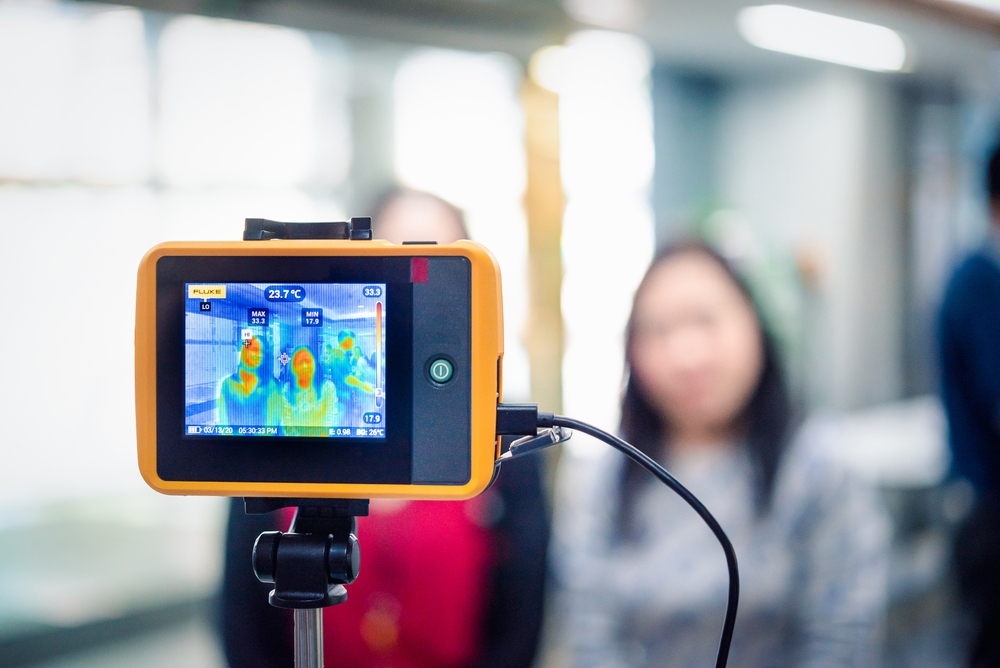Photon etc. is proud to announce the official launch of their new ZephIR camera line. That infrared camera series encompasses InGaAs and MCT super sensitive detectors up to a wavelength of 1.7 μm, 2.5 μm or 2.9 μm. These high grade and state-of-the-art cameras will allow for new and considerable discoveries in multiple fields such as in life sciences as well as in the recycling and green energy industries.

Image Credit: Shutterstock/PongMoji
The ZephIR collect fast images with a reading frequency of 345 FPS while also offering a very low dark current and signal to noise ratio. They are cooled at -80 °C using an innovative system based on four Peltier thermoelectric modules. That cooling technology is making the ZephIR cameras really reliable since it requires almost no maintenance and is very long-lasting hence out beating current competitive technologies on the market. These advantages make the ZephIR cameras ideal candidates for industrial applications. The sensitivity and reading frequency of the ZephIRs are also huge assets for the fundamental and preclinical biomedical research fields.
Our cameras are now seamlessly adapted for spectroscopy, biology or industrial quality control, screening and sorting applications.
President and executive director of Photon etc., Sébastien Blais-Ouellette.
The development of these infrared cameras was made possible by Photon etc.’s brand new and unique installations. A complete manufacturing chain has been created internally, from cryogenic encapsulation all the way to the final camera product. This vertical integration allows to control the ZephIR’s quality at every single production step and to optimize them for targeted applications.
Photon etc.’s main expertise is primarily related to microscopy and wide field hyperspectral imaging solutions. The arrival of the ZephIR cameras greatly enhances and upgrades the imaging capabilities of the many instruments offered by Photon etc.
The ZephIRs can easily be integrated to both our IMA IR microscopy and IR Vivo preclinical imagers as well as to our line-scan system used for industrial sorting. When coupled to these hyperspectral imaging systems and specific nanoprobes the ZephIRs have the power to look deeper in animal and eventually human tissues paving the way to great possibilities for medical diagnosis.
Mr. Sébastien Blais-Ouellette.